
Kudos has partnered with CardRatings and Red Ventures for our coverage of credit card products. Kudos, CardRatings, and Red Ventures may receive a commission from card issuers. Kudos may receive commission from card issuers. Some of the card offers that appear on Kudos are from advertisers and may impact how and where card products appear on the site. Kudos tries to include as many card companies and offers as we are aware of, including offers from issuers that don't pay us, but we may not cover all card companies or all available card offers. You don't have to use our links, but we're grateful when you do!
No-Spend Challenge & “Loud Budgeting” – TikTok’s Money-Saving Trends Gen Z Swears By
July 1, 2025

.avif)
Imagine going an entire month without buying anything except the bare essentials – no coffees, no new clothes, no eating out, nada. Sounds tough, right? Yet thousands of people (especially Gen Z on TikTok) are doing exactly that in what’s known as the No-Spend Challenge.
This viral trend – often kicked off as “No-Spend January” at the start of the year – has folks challenging themselves to spend $0 on non-necessities for a set time. The goal: reset your spending habits, save money, and prove to yourself you can live with less for a while.
Hand-in-hand with this is another buzzworthy concept: “Loud Budgeting.” It’s basically the opposite of suffering silently to save money. Instead, you proudly announce your budget limits to friends/family, like “Sorry, not going out tonight – I’m on a budget.” This trend encourages being vocal and open about money boundaries, so everyone knows and (ideally) supports your saving goals.
In this article, we’ll break down how a No-Spend Challenge works, tips to survive one successfully, and what benefits you can get from it. We’ll also dive into Loud Budgeting – why it’s become cool to say no to spending on TikTok – and how it can complement a no-spend or any budget plan.
Whether you’re looking to save extra cash, pay off debt, or just see if you can do it, these trends might be the motivational boost you need. Let’s explore these money-saving movements that are making frugality trendy!
What Is a No-Spend Challenge? (No-Buy Month Explained)
A No-Spend Challenge is exactly what it sounds like: a challenge where you commit to not spending any money on non-essential items for a certain period. Essential spending (the bills you must pay – like rent, utilities, groceries, medicine, gas for work, etc.) is allowed.
But everything else – dining out, clothes shopping, movie tickets, that random Target run – is put on pause. The most common version is a No-Spend Month (often January, after the holidays splurge), but some people do a week, a weekend, or even an entire year in extreme cases.
Think of it as a financial cleanse or fast. Just like a diet challenge might cut out sugar or carbs for a bit, a no-spend challenge cuts out impulse buys and discretionary spending for a while. The idea is to become aware of your spending triggers, save the money you’d normally blow on extras, and appreciate non-monetary joys in life.
Common rules of a No-Spend Challenge:
- Set the timeframe: Decide how long you’ll go. Beginners might try a weekend (“No-Spend Saturday and Sunday”) or a week. Many aim for a full month for maximum impact.
- Define “Essentials” vs “Non-essentials”: Generally, essentials are things like: housing, utilities, insurance, medications, groceries/basic food, necessary transport (fuel, public transit), and maybe work-related costs. Non-essentials are eating out, takeout coffee, alcohol, clothes, gadgets, hobbies, entertainment, beauty services, etc. You might personalize rules (e.g., “I’ll allow $X for fresh produce each week, but no restaurant meals”).
- No cheating by swapping categories: If shopping is banned, you can’t justify buying a bunch of fancy groceries as “entertainment” to compensate. The aim is overall less spending, not redirecting it all to a loophole. Stick to purchasing what you truly need to live.
- Use what you have: During the challenge, you’ll likely use things from your pantry, freezer, closets, and so on. That’s part of the fun – get creative with what’s already paid for. Finally read those books on your shelf, wear outfits from your current wardrobe, cook from your pantry staples.
- Emergency clause: If an emergency or genuine need comes up (car repair, a friend’s wedding gift you forgot, etc.), it’s okay to spend for that. The challenge is voluntary, so you can always adjust for unplanned but necessary expenses. The idea isn’t to jeopardize important stuff, just to cut unnecessary spending.

What makes it easier nowadays is the community aspect. On TikTok and other social media, people doing no-spend challenges often document each day, sharing temptations they avoided, free activities they did instead, and how much they’ve saved so far. This communal vibe adds accountability and motivation – if you announce “I’m doing a no-spend month!” and maybe tag some friends to join, you’re more likely to stick with it.
Tips to Succeed in a No-Spend Challenge (and Still Have Fun)
Going cold turkey on spending can be tough, especially when we’re so used to little conveniences and treats.
Here are some tips to help you make it through your no-spend period without feeling miserable:
Set a Clear Goal for the Savings:
It’s hugely motivating to know why you’re doing this. Calculate how much you might save, and decide what that saved money will go toward. Example: “I aim to save $500 this month from not spending – that will go straight to my student loan payment / emergency fund / vacation fund.” When you’re tempted to spend, remembering your goal (“This is for my debt-free future” or “Paris trip, here I come!”) can strengthen your resolve.
Remove Temptation Triggers:
For the challenge duration, try to minimize shopping temptation. Unsubscribe from marketing emails or mute them (out of sight, out of mind). Avoid recreational mall browsing or shopping websites. Delete or hide shopping apps on your phone for now. If you always get Starbucks on the way to work, consider a different route or prep cold brew at home. Structuring your environment can make a big difference.
Plan Free Activities:
One big reason people fail is boredom or feeling deprived. Fill that void proactively! Make a list of free or ultra-low-cost activities you enjoy or have been meaning to try. Ideas: movie night with DVDs or streaming you already have, picnic with friends using home-cooked food, game night, DIY spa day with products you have, deep dive into a hobby using existing supplies, free local events or parks, etc. When the weekend comes, instead of shopping or dining out, you’ll have go-to alternatives that are fulfilling and cost $0.
Use What You Have Challenges:
Turn it into a game to use up things in your pantry, fridge, or closet. For example, challenge yourself to cook dinners only from what’s in your pantry and freezer this week – you might finally use that bag of quinoa or get inventive with canned beans. Or do a “shop my closet” challenge to create new outfits from old clothes instead of buying new ones. This mindset makes the no-spend feel productive and even creative, rather than just restrictive.
Track Your No-Spend Streak:
Keep a calendar or journal and mark each day you didn’t spend on non-essentials. A satisfying checkmark or sticker can reinforce your progress (don’t break the chain!). Also track any instances you almost spent but didn’t – e.g., “Put a $30 item in Amazon cart, but removed it – win!” Logging these can give you mini dopamine hits of pride and make it a sort of game to keep the streak going.
Allow Small Freebies or Rewards:
Though you’re not spending money, you can reward yourself in other ways. Maybe every week you complete, you allow a treat that doesn’t cost money – like a long bubble bath, a sleep-in morning, or finally binge-watching that show guilt-free. Some people also set one “cheat day” in a month-long challenge (like one pre-planned small spend) to have something to look forward to – but be careful with this, it can sometimes open floodgates. Often the non-monetary rewards (like doing something you love that you usually don’t make time for) are enough.
Stay Accountable (Loud and Proud):
Don’t keep it a secret that you’re doing a no-spend. Tell your friends, partner, or post about it on social media. This is where Loud Budgeting comes into play (more on that soon). By letting people around you know, you’re less likely to face awkward invites that tempt you to break the challenge. And even if you do get invited out, you can say, “I’m on a no-spend challenge – let’s do something at my place instead” or “I’ll join but I’m sticking to water, hope that’s cool.” More often than not, people respect it (and some might even join you next time!).
Plan for Post-Challenge (Avoid the Rebound):
When the challenge ends, avoid going on a celebratory shopping spree that wipes out all you saved. It can be tempting! Before the challenge concludes, decide how you’ll ease back in. Maybe treat yourself to one modest item or experience (within a set budget), and then go back to a normal budget. The goal is the challenge taught you some frugal habits that will stick, not that you deprive then overindulge.
By following these tips, you’ll find a no-spend challenge is totally doable – and you might even enjoy the break from consumerism. Many people report that after the initial adjustment, they feel relieved not to worry about spending for a while. You focus on different things, and it can be surprisingly freeing.
Benefits of a No-Spend Challenge – What Do You Gain (Besides Money)?
Completing a no-spend period can yield some great benefits:
- Serious Savings: Obviously, the money you didn’t spend stays in your bank account. It can be eye-opening to see how much those little purchases add up. People often save hundreds in a month that would otherwise have just trickled out on “stuff.”
- Reset of Spending Habits: It’s like hitting a reset button on your relationship with money. After a month of buying nothing non-essential, you’ll likely approach shopping differently. Perhaps you break a nightly Amazon browsing habit, or you realize you don’t miss buying lunch out as much as you thought. The challenge helps distinguish between needs and wants again.
- Appreciation for What You Have: Using what you have and making do can spark gratitude. You might fall back in love with clothes you already own or appreciate your local free park more. Spending often can numb us to simple pleasures; pausing spending can reawaken enjoyment in things that don’t cost money.
- Achievement & Confidence: It feels empowering to set this challenge and meet it. You prove to yourself you have control over those spending impulses. That confidence can spill over into other financial goals (like “Hey, if I can not spend for a month, I can tackle creating a 3-month emergency fund!”). It’s a reminder that you control your money, not the other way around.
- Better Money Communication: If you do it with a partner or family, it forces conversations about finances and teamwork in sticking to a budget. And if you practice Loud Budgeting during it, you get more comfortable being honest with friends about money limits. All positive steps for removing the taboo around money talks.
Speaking of loud budgeting…
What is “Loud Budgeting”? (Gen Z’s New Way to Say No to Spending)
Loud Budgeting is a term coined in late 2023 (thanks to TikToker Lukas Battle and others) that means being openly vocal about your budget constraints and financial goals. In contrast to previous generations who might keep money troubles private (“Sorry, I can’t go out – I’m busy” was often a cover for “I can’t afford it”), Gen Z is flipping the script. They’re straight-up saying things like, “That restaurant is out of my budget this month,” or “I’m saving for a car, so I’ll pass on the trip – loud budgeting, haha.”
In other words, Loud Budgeting = proudly telling people you’re budgeting and comfortable saying ‘no’ to expenses that don’t align with your goals. It’s “loud” because you’re not shy about it; you’re broadcasting your money choices openly.
Why is this significant? It removes the stigma and awkwardness around money limitations. It can be hard to tell friends “I can’t afford that.” But when it’s a trend and normalized, more people start doing it. Suddenly, it’s not weird – it’s just being responsible and real.
How loud budgeting helps:
- Peer Support instead of Pressure: By being loud, you enlist your social circle’s support. Your true friends likely won’t shame you; instead they might adjust plans to include you (like choosing a cheaper activity). Or they’ll at least understand your boundaries. It also opens up conversations – maybe they too were looking for a way to save and you gave them an opening to suggest something cheaper.
- Accountability: If you announce “I’m trying to save $X, so I’m not spending on unnecessary things for a while,” the people around you can help keep you accountable. They might check in, “Hey, how’s the saving going?” or discourage you (kindly) if you get tempted, “Do you really want to break your no-spend streak for this?” In a way, loud budgeting creates a support network.
- Confidence in Priorities: Saying your goals out loud reinforces them internally. It takes courage to state “I can’t buy that, I’m on a budget,” and every time you do, you’re reaffirming that your financial health is a priority. Over time, it actually makes you more confident in managing money – you’re owning your decisions publicly.
- Normalizes Financial Boundaries: Perhaps one of the biggest cultural benefits: if everyone starts loud budgeting, it becomes normal to talk about money constraints. This can reduce FOMO and the social media envy game. People start realizing, “Oh, not everyone is going out and spending lavishly all the time – others are budgeting too.” That can relieve pressure to keep up with others’ spending.

Loud budgeting in practice: Let’s say your coworkers invite you to a pricey dinner, and you’re trying to cut back. A loud budgeter might respond, “That sounds fun! Honestly though, I’m watching my budget this month – any chance we could do a happy hour or a game night instead?” You’re transparent. Or if you go, you might openly say, “I’m just getting an appetizer tonight, in line with my budget.” It might feel a bit odd the first time, but usually people respect it, and some might even admire it.
On TikTok, users share stories of how loud budgeting is helping them, or even post videos saying things like, “Here’s me loudly budgeting: I’ll join y’all after dinner for the hangout, but I won’t be ordering any food ’cause it’s not in my budget. #loudbudgeting.” It’s almost become a badge of honor among some groups.
Loud Budgeting + No-Spend = Saving Success (Kudos to That!)
Now, combine these two trends: if you’re doing a No-Spend Challenge, practicing Loud Budgeting can be your secret weapon. By telling your friends/family you’re in a no-spend month, you remove the awkwardness of declining invites or not participating in certain things.
They know the context. This can prevent those well-meaning “Oh come on, treat yourself just this once!” comments (which are dangerous during a challenge). Instead, people might cheer you on or at least not tempt you.
Also, being loud about it on social media (if you’re comfortable) might connect you with others doing the challenge – instant accountability partners or a mini support group.
Let’s not forget: while you’re not spending on wants, you still have to spend on needs. This is where tools like Kudos can quietly help in the background:
Maximize Essential Spending:
During a no-spend, you may still buy groceries or pay for gas. Kudos can ensure you’re getting any available discounts or the best credit card rewards on those necessary purchases. For example, if you have to buy a $50 transit pass online, Kudos might pop up to tell you which of your cards avoids a service fee or gives bonus points for that category. It’s like getting a little extra savings even while sticking to only essentials.
Tracking What You Didn’t Spend:
Another idea – track how much you wanted to spend but didn’t. For instance, you almost bought a $30 item but resisted. Note that down as “$30 saved.” At the end of the challenge, tally those and consider transferring that sum to savings. If you’re using a card for essentials, your statements (or a budgeting app) can show your reduced overall spending versus previous months – a satisfying metric to see. You could manually keep a “didn’t spend” log too. While Kudos isn’t a budgeting app per se, using it in conjunction with your challenge can ensure you stick to using the right payment methods and maybe help visualize your normal vs challenge spending.
Post-Challenge Reward (Within Reason):
After a strict no-spend, you might want to reward yourself with one carefully chosen purchase. This is fine if it’s planned. Use Kudos to find if there’s a promo code or the best card to use for that purchase, so you extract maximum value. For example, if your treat is a dinner out, Kudos could remind you that one of your cards gives extra dining cashback – boom, you saved a bit on your reward.
Final Words – Make Money Trends Work for You
TikTok’s money trends like No-Spend Challenges and Loud Budgeting show that saving money doesn’t have to be lonely or dull. They’ve made it social, attainable, and even kind of fun. If you’ve been struggling to rein in your spending or want to jumpstart your savings, consider giving these trends a try.
- Start small: maybe a 1-week no-spend challenge to test the waters. Or practice loud budgeting next time you feel pressured to split an expensive bill – politely explain your stance.
- Customize: these trends have general rules, but tailor them to your life. If a strict no-spend is impossible due to a pre-planned event, it’s okay – do a “low-spend” or start right after.
- Learn and grow: pay attention to what you find difficult during the challenge – those are your spending pressure points. Also note the positives, like how nice it was to have a weekend hike with friends instead of hitting the mall.
By the end, you might discover you enjoy this mindful approach to money. And even when the “challenge” is over, you can continue many of the good habits formed (perhaps doing regular mini no-spend weekends, or just being more open about your money choices).
Remember, every dollar you don’t spend is a dollar saved for something more important. And every time you loudly budget, you’re advocating for your financial well-being. That’s powerful.
So here’s a challenge: try being a little “loud” about one of your money goals this week. You might be surprised at the encouragement (and lack of judgment) you receive. And if you’re up for it, map out a no-spend period and give it a go – consider it an adventure in creativity and self-control.
Through it all, keep tools like Kudos in your arsenal to ease the journey – whether it’s helping you save on essentials or optimize the treats you do allow. Small advantages add up, and you’ll appreciate every boost when you’re in super-saver mode.
Happy saving, and don’t forget to brag about those wins – you earned them! 🥳💰
FAQ (No-Spend & Loud Budgeting)
How long should a no-spend challenge be?
It’s up to you. Many people do a month because it’s long enough to see significant savings and habit changes (and “No-Spend January” is popular after holiday expenses). But if a month feels too daunting, try a shorter period first – a week or two can still be insightful. Some even start with a no-spend day or weekend. The key is to choose a duration that is challenging yet realistic for you. You can always extend it if you’re doing well!
What am I allowed to buy during a no-spend challenge?
Generally, you’re allowed to spend on essential needs only. That includes:
- Groceries and basic household supplies (to cook/eat at home, not restaurant or takeout food).
- Housing and utilities, insurance, medications – all your regular bills that keep life running.
- Transportation to work or essential activities (fuel, bus fare, etc.).
- Emergency expenses (if something urgent and necessary comes up, you address it).
Everything outside of those categories is typically off-limits for the challenge (no new clothes, no entertainment spending, no eating out, no impulse buys online, etc.). Of course, you can define “essential” slightly based on your life (for example, parents might include essential expenses for kids). The spirit is to cut out discretionary spending.
What is “loud budgeting” in simple terms?
Loud budgeting means openly talking about your budget and financial limits instead of keeping them secret. For example, telling your friends, “I’m saving for a car, so I’m cutting back on going out this month,” is loud budgeting. It’s basically not being shy to say “I can’t spend money on that because it’s not in my budget.” This trend encourages transparency about money among peers, so it becomes normal to respect budgets. It’s the opposite of feeling embarrassed that you can’t afford something; you confidently set boundaries and share your financial goals.
Can I still use my credit cards during a no-spend month?
You should avoid using credit cards for non-essentials, just as you avoid spending cash on them. However, you can use a credit card to pay for allowed essential expenses (like gas or groceries) if that’s your normal routine – just ensure you’re not buying extra goodies when using the card. In fact, using a card for essentials and then paying it off immediately is fine and you might earn rewards.
The crucial part is: don’t charge anything that’s against your no-spend rules. Some people actually hide or lock away their credit cards during the challenge to remove temptation, using cash or debit only for essentials. If you do use a card, be disciplined and maybe track those transactions closely so you don’t accidentally violate the challenge.
What if my friends/family don’t understand or pressure me to spend?
This can happen, but it’s becoming more common to be open about money constraints (thanks to loud budgeting!). Here’s what you can do:
- Explain your why: Let them know you have a goal you’re working toward or that this challenge is important to you. Sometimes knowing the reason (saving for a house, paying off debt, etc.) makes others more supportive.
- Suggest alternatives: If friends invite you to an expensive outing, propose a cheaper or free activity together. For example, “I’m doing a no-spend, so I can’t do dinner out – but how about we all do a potluck game night at my place?” This way you’re still socializing but not spending.
- Stand firm but positive: Use “I” statements and keep it light but firm. “I’m really committed to this budget thing I’m trying, so I’ll pass this time, but I’d love to hang out in a way that doesn’t cost money.” True friends will get it – some might even be inspired.
- Leverage the trend: You can literally say “I’m doing this TikTok no-spend challenge” – oddly, framing it as a popular challenge can make people more understanding, as opposed to just “I’m not spending money.” It sounds more like a structured activity you’re engaged in.
If someone continues to pressure or tease you, remember that your finances are your own. You’re not obligated to spend to please others. Most will respect your honesty, and you might find that by being open, you encourage a culture where everyone doesn’t feel forced to spend beyond their comfort. Loud budgeting can be contagious in a good way!
Unlock your extra benefits when you become a Kudos member

Turn your online shopping into even more rewards

Join over 400,000 members simplifying their finances

Editorial Disclosure: Opinions expressed here are those of Kudos alone, not those of any bank, credit card issuer, hotel, airline, or other entity. This content has not been reviewed, approved or otherwise endorsed by any of the entities included within the post.
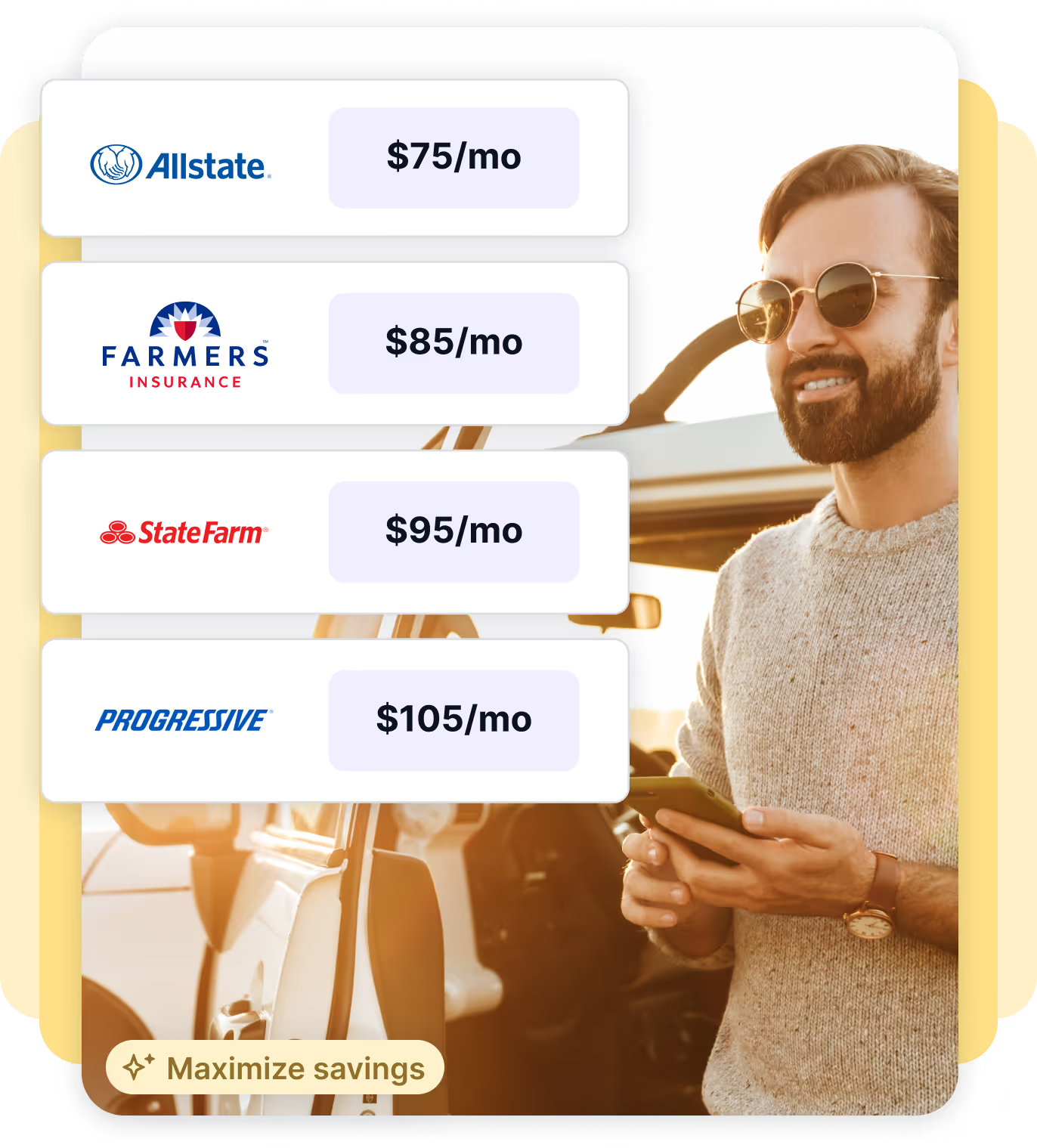
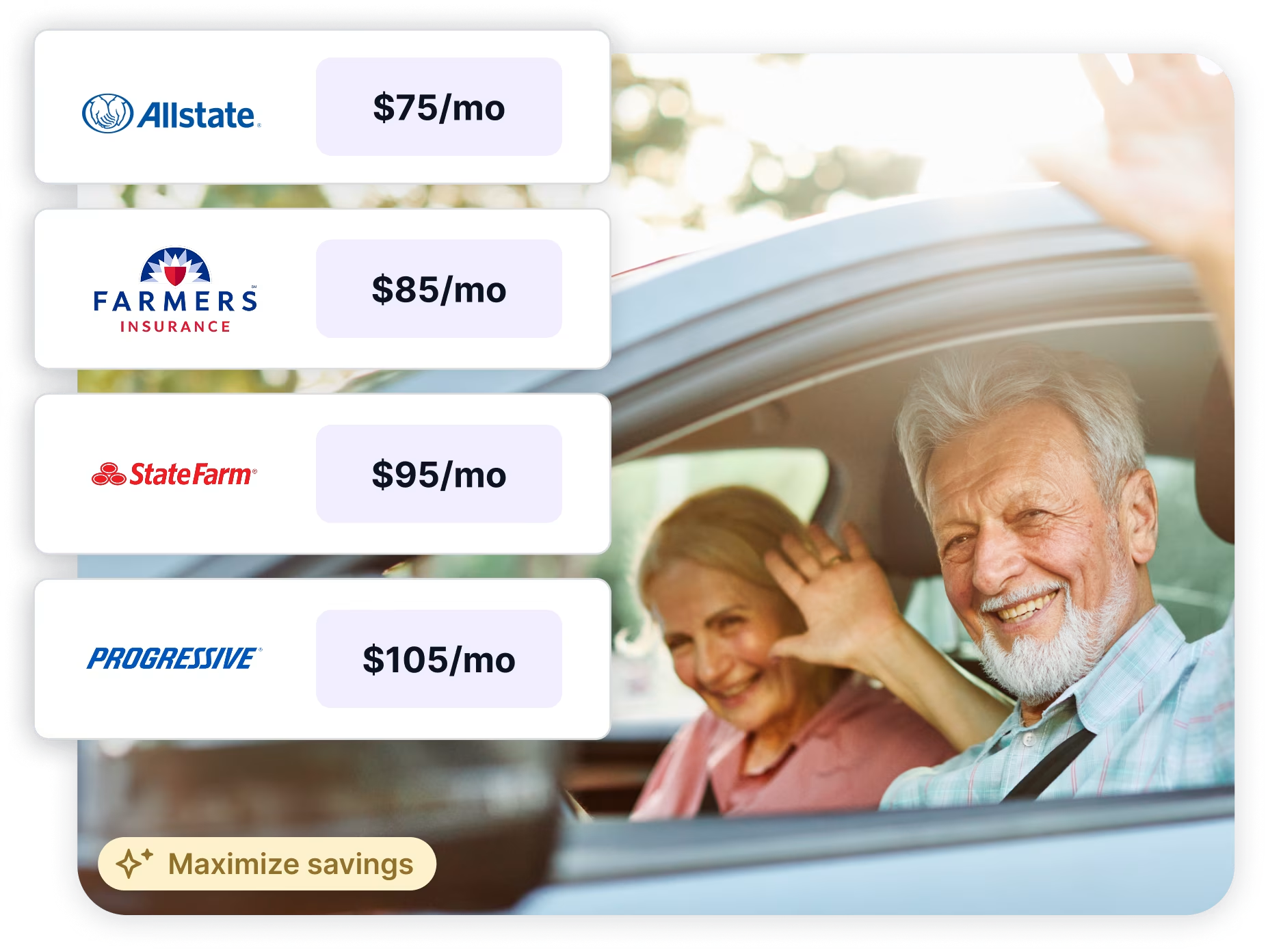
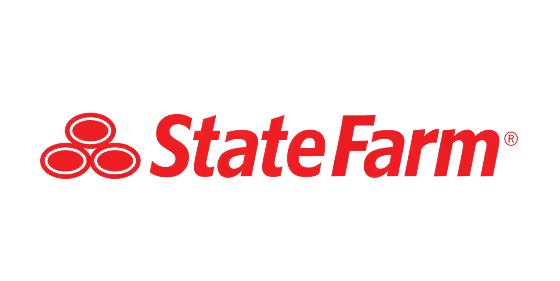
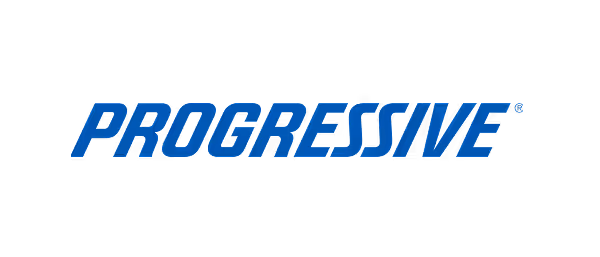
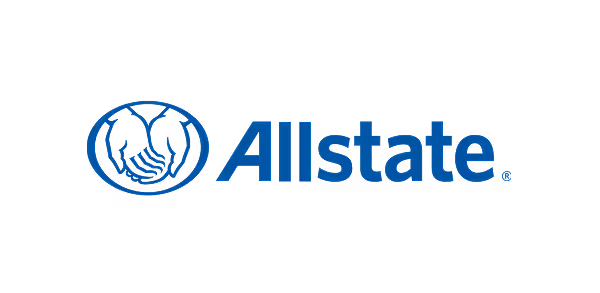



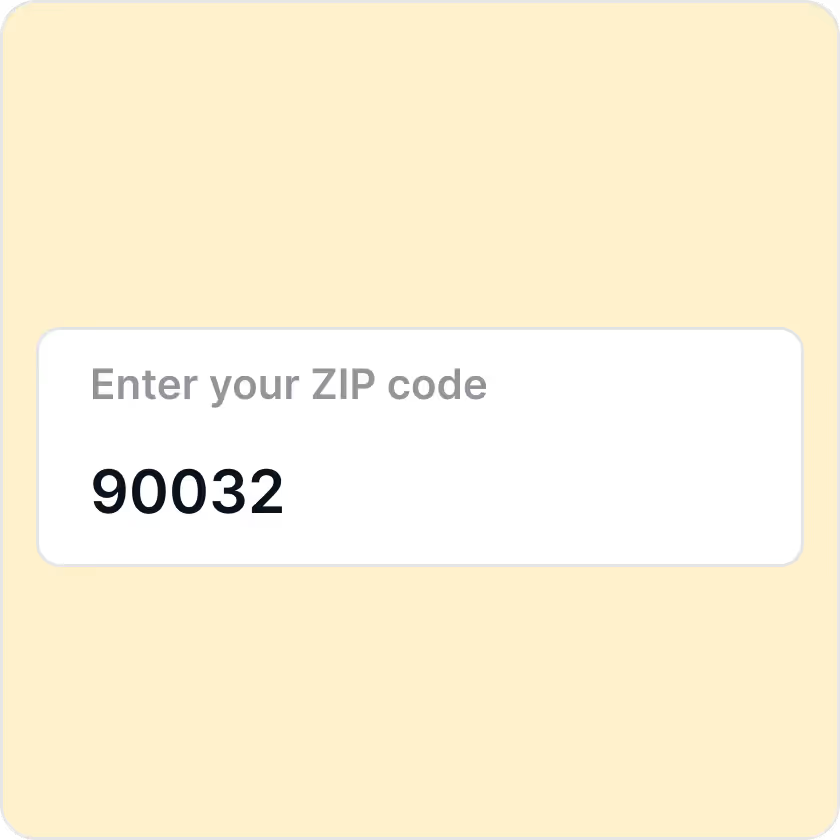

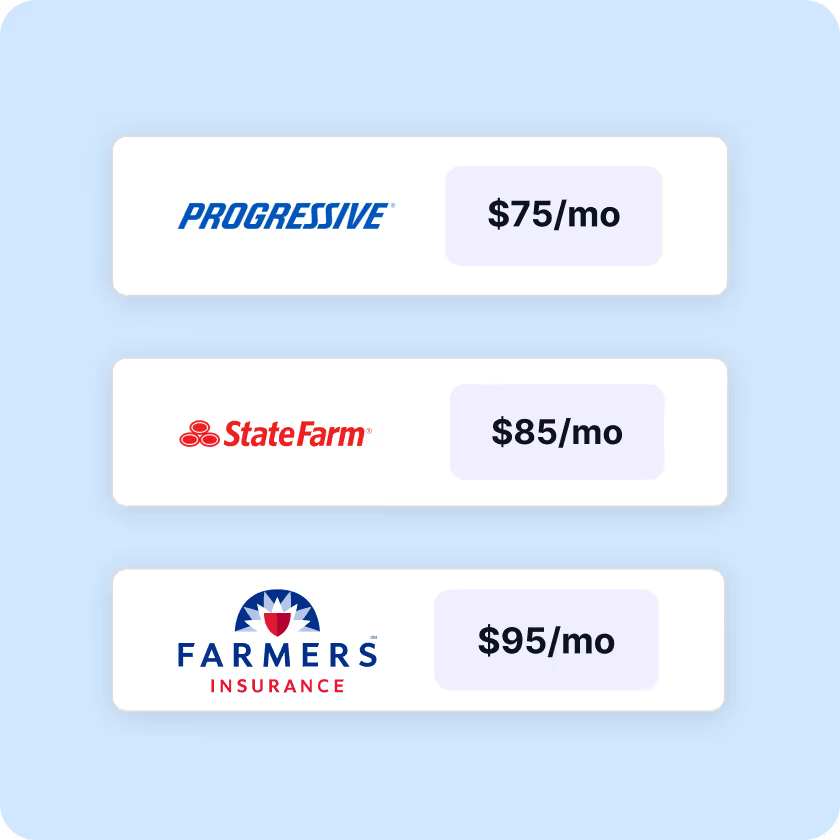
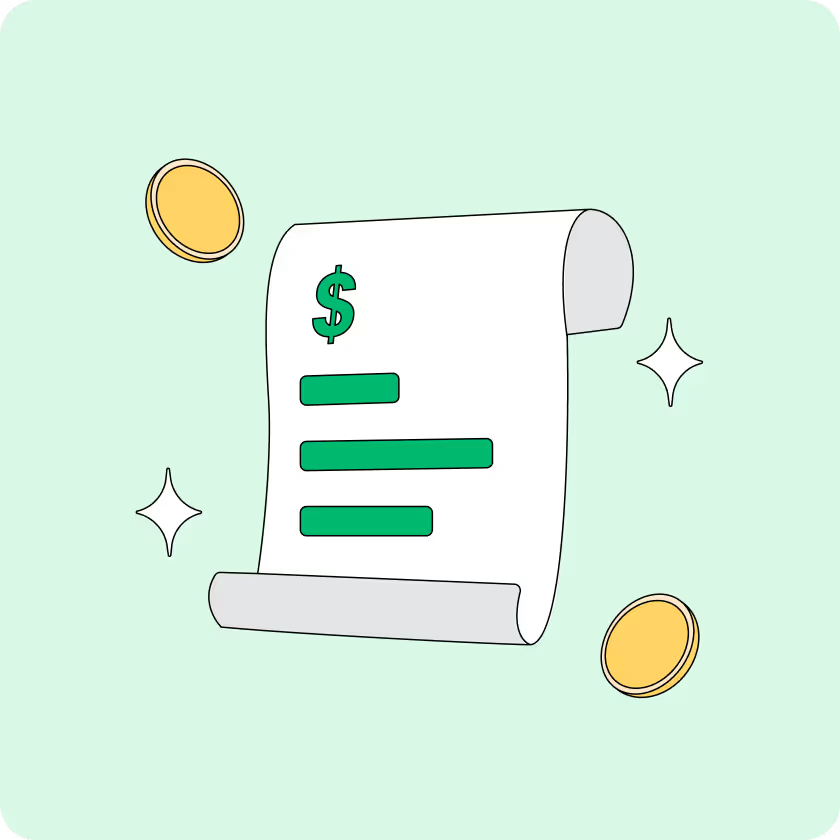























.webp)
.webp)

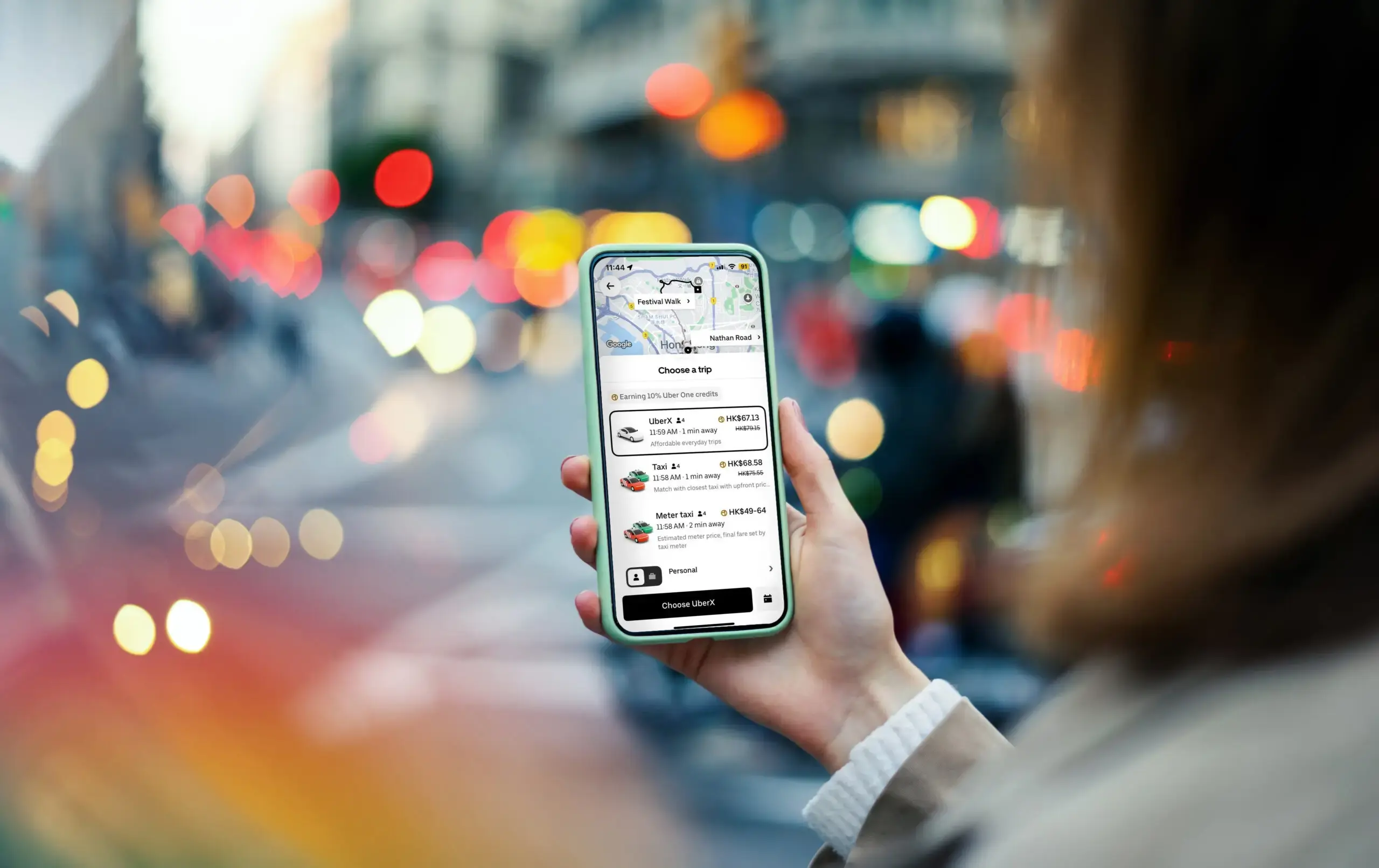

.webp)

.webp)

